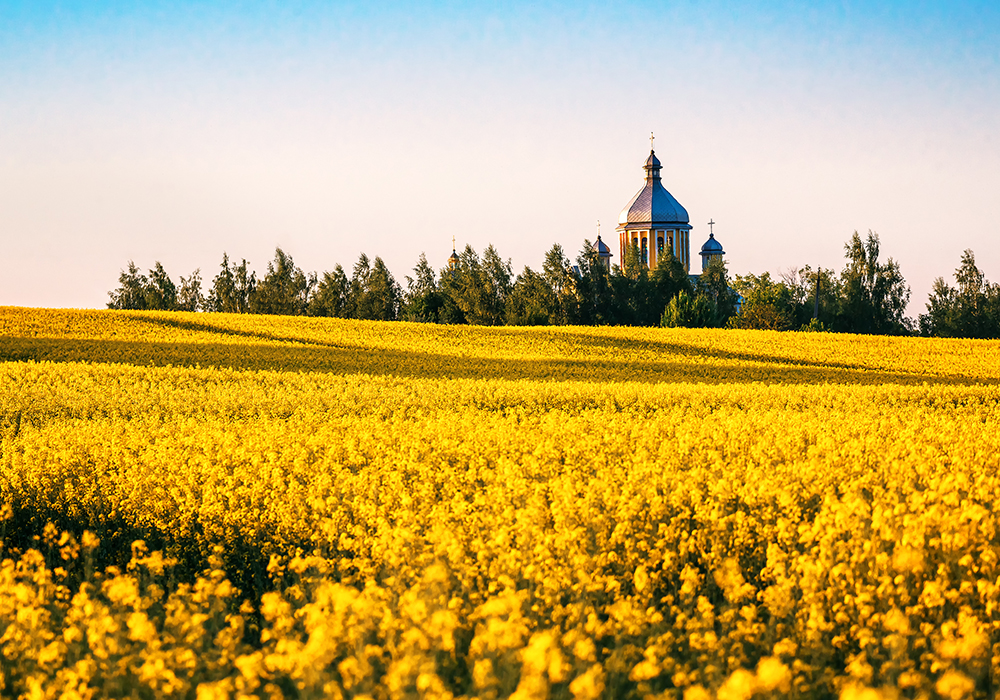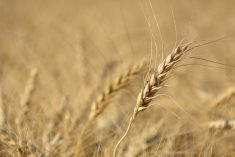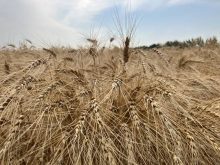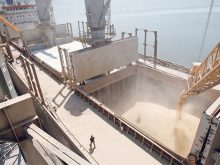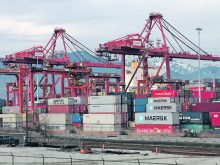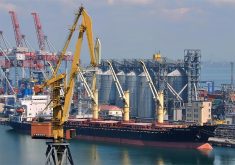Ukrainian president Volodymyr Zelensky recently warned that the country could harvest half of a normal crop this year because of the Russian invasion.
However, there is one notable exception, and it is a crop that competes head-to-head in international markets with Canada’s top money-maker.
APK-Inform is forecasting that Ukraine will harvest 2.73 million tonnes of rapeseed/canola in 2022-23, which is only slightly below the five-year average.
Read Also

Gap in emission regulations hamstrings Canadian hybrid truck manufacturer
A B.C. company building hybrid engines for heavy trucks says they have the opportunity to build something leading edge in Canada, but our own laws are stopping them from doing it.
Growers planted a record 3.57 million acres of the crop last fall.
Farmers will only harvest 2.71 million acres because of the war, with about one-fifth of Ukraine’s rapeseed crop grown in Russian occupied territories. However, that is still slightly higher than 2021-22 levels.
Average yield is expected to be 43.7 bushels per acre, down 16 percent from last year’s record levels due to complications caused by the hostilities.
APK-Inform is forecasting exports of 2.43 to 2.61 million tonnes. That compares to 2.72 million tonnes in 2021-22, so very similar volumes heading to market despite the war.
Ukraine is the world’s third largest exporter of rapeseed/canola behind Canada and Australia.
Almost all of Ukraine’s shipments are to the European Union, and that is even more likely to be the case this year with higher volumes than usual moving by rail because of uncertainty at the ocean ports.
Ukraine accounted for 30 percent of EU imports in 2021-22, which ranked second behind Australia’s 53 percent share.
Canada was a distant third with 11 percent of the market in a year where its exports were severely curtailed by drought.
MarketsFarm analyst Bruce Burnett expects Canada’s priority off the combine will be markets in Asia and Latin America.
“Those markets are definitely in need of Canadian product,” he said.
However, there will still likely be an active export program to the EU despite the strong looming competition.
“It would be different if Europe was swimming in oilseeds, but they’re not,” he said.
He believes there will be a window between when Europe runs out of Ukrainian and domestic EU supplies of the crop and when Australia’s new crop starts showing up in January 2023.
Australia will likely continue to provide stiff competition into the EU market. Farmers in that country harvested a monster crop of 6.33 million tonnes in 2021-22, shattering the previous record of 4.28 million tonnes set a year earlier.
The Australian Oilseeds Federation is forecasting another bumper crop of 5.51 million tonnes in 2022-23, which would exceed the five-year average of 3.7 million tonnes.
The big hurdle for Ukraine will be transportation logistics. Rapeseed has an advantage over corn and wheat because it can be shipped in smaller volumes by rail rather than relying on ocean vessels, said Burnett.
APK-Inform expects export volumes to drop slightly if the country’s Odesa ports remain open for business because that will likely lead to more domestic processing of the crop.
About 12 percent of Ukraine’s rapeseed harvest is usually processed domestically and the rest is exported as seed.
If the ports are open crushers will likely process 280,000 tonnes of seed. If not, that volume will fall to 100,000 tonnes.
APK-Inform said Ukraine’s rapeseed export program is usually front-loaded with most of the shipments happening right after harvest, but that will not be the case in 2022-23 due to long lines of backlogged grain at the country’s western border.
As a result, monthly export volumes will be lower, and the shipping season will extend further than normal into the crop year.
Contact sean.pratt@producer.com


